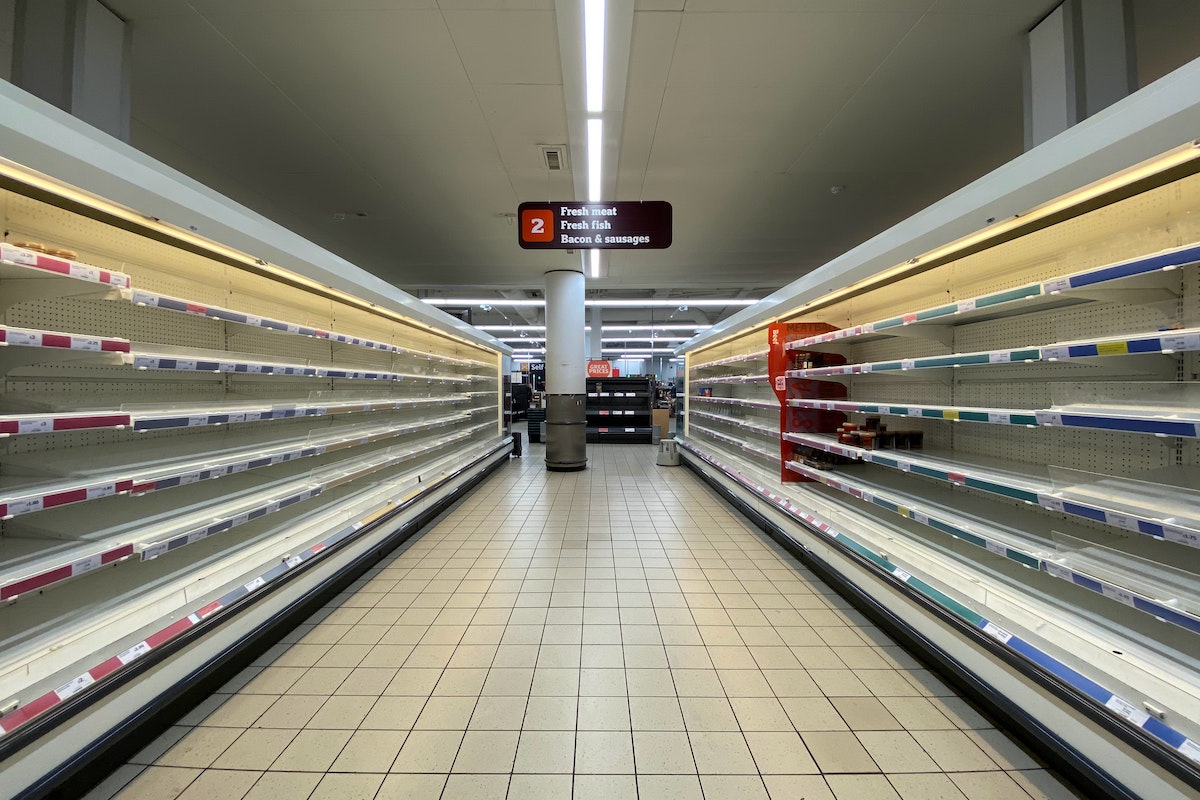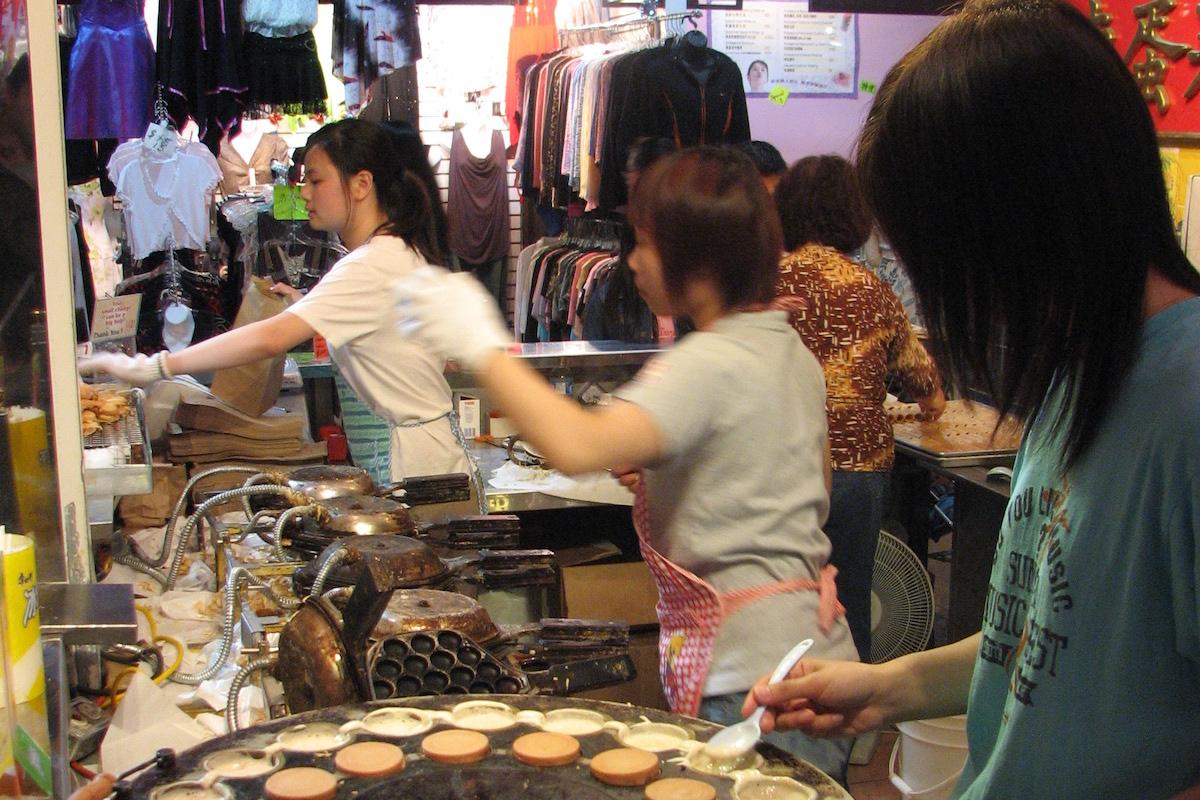COVID-19
The Case for Economic Hibernation during the COVID-19 Lockdowns
We are currently in the throes of a new kind of crisis where the underlying economy is healthy, but a non-economic crisis is stopping it in its tracks.

The extreme social distancing measures required to arrest the spread of COVID-19, especially the lockdown and isolation, are presenting economic policymakers with an unfamiliar challenge. The economic slowdown, caused by the need to employ extreme social distancing and isolation measures, has nothing to do with underlying issues in the local or global economy. Businesses are closing and people are losing their jobs, not because of a natural decline in demand for their services, nor due to a new technology that has made their job obsolete, nor a bubble whose time has come to burst. People still want to travel abroad, purchase clothes, go to the hairdresser, and sit with friends for coffee. The underlying demand in the global economy remains unchanged.
This means that the extreme social distancing and isolation measures are sending distorted signals into the economy of a supposedly precipitous fall in demand for numerous products and services. In reality, demand for these products and services remains the same, but simply cannot be realised as a result of the enforced isolation. These distorted signals will result in entire industries laying off workers, scaling down, and even closing, despite the absence of underlying economic change to justify such severe actions. This is not a normal situation, and not even a normal crisis. For example, pouring liquidity into the market to mitigate the economic slowdown is irrelevant if people are physically prevented from taking advantage of it.
This is a new type of crisis for which there are no established economic policies, so if the distorted and distorting signals of the lockdown are not isolated, a vicious cycle of increasingly severe economic slowdown will result. This means that even after a medical solution is found to COVID-19, the world will have already been plunged into an economic crisis comparable to the Great Depression. Moreover, extreme isolation measures are creating additional distortions by generating a massive transfer of wealth to those lucky enough to possess assets, especially of the revenue- and rent-generating kind, or to work in a protected job. This wealth transfer is created because asset owners continue to receive rent while renters are no longer able to participate in economic activities that would allow them to generate the income.
This unjustified wealth transfer becomes even greater in countries which have committed to paying the salaries of workers, or unemployment benefits for the multitudes of the newly unemployed, as they would be effectively transferring wealth to those with relevant assets. Employees with protected jobs in the public sector or certain industries are also in the fortunate position of having their salaries paid, despite there being no justification for protecting their jobs over others at this time.
To prevent the lockdown from destroying the economy, we must isolate the health crisis from the underlying economy by placing all underlying economic activity, other than that which is necessary to battle COVID-19, into hibernation. The idea is to reduce the activity of the (economic) body to the bare minimum necessary for survival, without damaging the systems necessary for resumption of full activity in the (economic) spring. To protect the underlying economy in hibernation all cash flow contracts must be frozen beginning at the moment of lockdown.
What does this mean? On Day Zero, to be declared by the state, all employees whose work is not necessary for fighting COVID-19 or maintaining the survival of the population (e.g. healthcare, relevant research and science, sanitation, utilities, basic public service, basic police, basic military, news) will remain in their homes. They will not receive salaries, but nor will they be fired. Fixed income pensions that do not depend on existing savings will not be paid out either. All contractual commitments to suppliers, renters, mortgages, loans, and taxes would also be frozen. Payment for utilities would be subsidised by the state on a basic level for all.

The result of this deep freeze of all cash flow obligations would be that people’s only expense would be for basic needs such as food and medicine. For those who cannot afford even that, the state would provide subsidies and assistance. The state will therefore not need to pay unemployment benefits or secure the salaries of people who are not working. Its COVID-19 extra emergency expenses will be dramatically reduced—other than healthcare expenses, they would be limited to subsidising the needy’s basic requirements and basic utilities for all. This would be balanced by a dramatic drop in the state’s expenses due to the freezing of salaries of most public sector employees and all fixed income pensions. As a result, the state could avoid assuming massive financial obligations that would otherwise be borne by generations to come.
An important clarification: Contractual cash flow commitments do not accumulate. After months of lockdown, a renter will not have to pay the landlord months of back-rent for this period. All cash flow is frozen. Poetically, the lockdown time would not exist on the economic calendar, so that the first day of the economic hibernation and the first day after the economic hibernation would be effectively two consecutive days in cash flow contracts.
The outcome of this hibernation is that businesses will not collapse. They will not have incomes, but nor will they have expenses. They will effectively be mothballed for the duration of the battle against COVID-19. Individuals and families will also avoid personal collapse. Except for those who are mobilised to help in the COVID-19 economy, individuals and families will have no income, but also no expenses other than food and medicine. And for those who will find it difficult to manage those basic expenses, the state will provide subsidies and assistance. This means that during hibernation everyone survives and no one collapses.
Naturally, during the battle against COVID-19, two consenting parties could enter into short-term contracts if they find it mutually beneficial. For example, a software business with resources that wishes to continue employing people working from home, could do so. But in the absence of mutual agreement to these new contracts, employees stay at home, where they remain employed but unpaid. Businesses that are expected to thrive during the lockdown, such as messengers and food, would of course hire employees for the duration of the period under such short-term contracts. The more countries that apply the hibernation model, the better it would be for all, given that some cash flow contracts in the economy involve businesses and individuals in other countries. In the absence of global coordination, those who have international contracts might either experience greater difficulties if they are committed to outgoing cash flows, or vice versa.
Even so, individual countries still stand to benefit from implementing the hibernation model as it is far more efficient and suitable in this unique situation than assuming vast salary or unemployment benefit costs. These commitments will not necessarily prevent businesses from collapsing, while burdening the state with commitments that might take generations to repay, and also unnecessarily transferring wealth to those whom dumb luck gifted rent-generating assets or protected jobs. And, from a legal perspective, the hibernation proposal does not undo property or labor rights. People retain all their rights to their properties and employees continue to be employed. What is temporarily suspended is the ability to generate cash flow from these properties or positions.
Finally, when lockdown and extreme isolation are over and a return to normal economic activity is possible, the state will declare the transition from Day Zero to Day One. From that moment on, all the contracts that were frozen are thawed and resumed from the precise point of freezing. People will receive salaries and start paying rent. Businesses will pay suppliers and receive payments. There might be a need for a gradual transition from Day Zero to Day One, but this could be examined during the hibernation period once the nature of humanity’s solution to COVID-19 becomes clear.
The economic crisis of 1929 became the Great Depression due to policymakers’ insistence worldwide on deploying old tools such as the Gold Standard, balanced budgets, and protectionism, rather than new tools such as budgetary and monetary expansion. We are currently in the throes of a new kind of crisis where the underlying economy is healthy, but a non-economic crisis is stopping it in its tracks. Only new tools based on original thinking can prevent a public health crisis from becoming an extended economic one.






